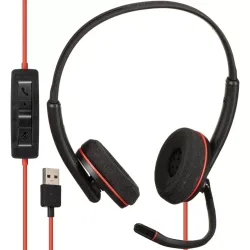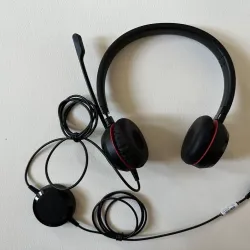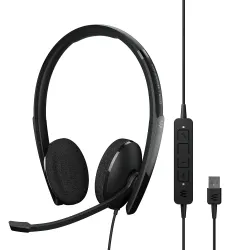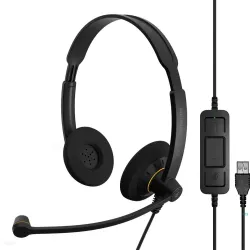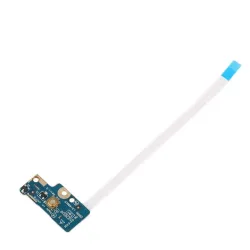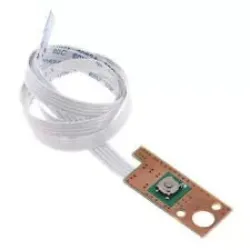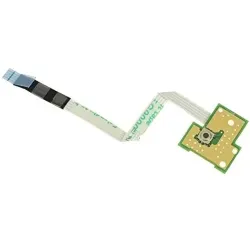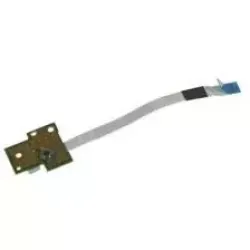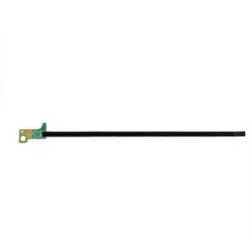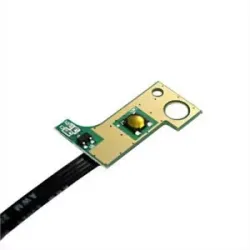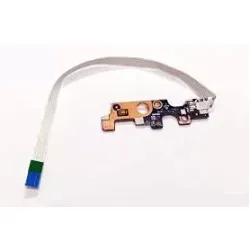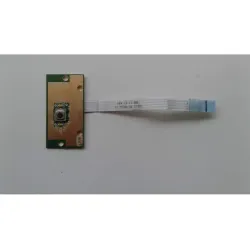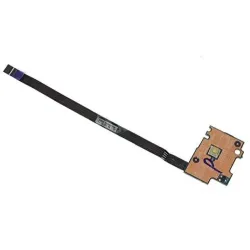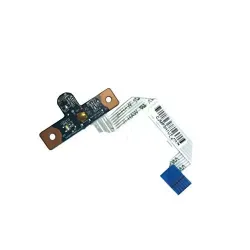Get the Circuit Board for your needs at an Affordable Price | Intel ASUS MSI Gigabyte ASRock
Introduction to Circuit Boards
A circuit board, also known as a printed circuit board (PCB), is a thin board made of non-conductive material, such as fiberglass, that contains electronic components and conductive pathways or traces. These traces connect the components, allowing the flow of electrical signals or power to travel through the circuit board.
The design and layout of the circuit board are critical in determining its functionality, efficiency, and reliability. The circuit board can be single-sided or double-sided, depending on the complexity of the circuit design. In some cases, multiple layers of conductive pathways can be added to increase the density of components that can be mounted on the board.
Circuit boards are widely used in various electronic devices, such as computers, smartphones, and televisions, as well as in industries such as automotive, aerospace, and medical. The use of circuit boards has revolutionized the way we use electronics, making them smaller, more efficient, and more reliable.
Components of a Circuit Board
Several components can be found on a circuit board. These components can be classified into active components and passive components.
Active components are those that require a source of power to function, and they can control the flow of current in a circuit. Examples of active components include:
Transistors:
These are semiconductor devices that can amplify or switch electronic signals.
Integrated Circuits (ICs):
These are complex electronic circuits made up of numerous transistors, resistors, and capacitors on a single chip.
Diodes:
These are semiconductor devices that allow current to flow in only one direction.
Microcontrollers:
These are small computer systems that can control electronic devices by receiving and sending signals.
On the other hand, passive components are those that do not require a source of power to function, and they cannot control the flow of current in a circuit. Examples of passive components include:
Resistors:
These are components that resist the flow of current in a circuit.
Capacitors:
These are components that store electrical energy in an electric field.
Inductors:
These are components that store electrical energy in a magnetic field.
Connectors:
These are components that allow multiple circuits to connect.
All these components work together to make the circuit board functional and reliable. The proper selection, placement, and connection of these components are critical to ensuring that the circuit board performs as intended.
Trends in Circuit Board Technology
Circuit board technology is constantly evolving, with new trends emerging to address the demands of the electronics industry. Here are some of the current trends in circuit board technology:
Miniaturization:
With the increasing demand for smaller and more compact electronic devices, there is a trend toward miniaturizing circuit boards. This is achieved through the use of smaller components and more advanced manufacturing processes.
High-Density Interconnect (HDI) Technology:
HDI technology involves the use of advanced manufacturing processes to create more complex and dense circuit board designs. This allows for more components to be mounted on a single board, reducing the size and weight of the device.
Flexibility:
Flexible circuit boards are becoming more popular, as they can be bent or folded to fit into tight spaces or irregular shapes. This is achieved through the use of flexible materials and advanced manufacturing techniques.
Thermal Management:
With the increasing power density of electronic devices, there is a growing need for better thermal management solutions. This is achieved through the use of specialized materials and advanced design techniques to dissipate heat more effectively.
Internet of Things (IoT) Connectivity:
With the growth of IoT, there is a trend toward incorporating connectivity features directly into circuit boards. This allows for devices to communicate with each other and with the internet, enabling new levels of functionality and control.
The features and specifications of the Intel, ASUS Gigabyte MSI ASRock
Intel:
Intel is one of the leading manufacturers of high-performance circuit boards. Their boards are designed for use in servers, workstations, and high-end gaming PCs. Some of the features of Intel circuit boards include:
Support for the latest Intel processors
High-speed memory support
Multiple PCI Express slots for expansion
Advanced overclocking and tuning capabilities
Robust thermal management features
ASUS:
ASUS is a popular brand of circuit boards that offers a wide range of products for various applications. Their boards are known for their reliability and performance. Some of the features of ASUS circuit boards include:
Extensive support for overclocking and tuning
High-speed memory support
Multiple M.2 slots for storage expansion
RGB lighting and customizability
Advanced cooling and thermal management features
Gigabyte:
Gigabyte is another leading manufacturer of circuit boards that offers a range of products for various applications. Some of the features of Gigabyte circuit boards include:
High-speed memory support
Multiple PCI Express slots for expansion
Advanced cooling and thermal management features
Customizable RGB lighting
MSI:
MSI is a popular brand of circuit boards that offers a range of products for gamers and enthusiasts. Their boards are known for their high performance and reliability. Some of the features of MSI circuit boards include:
Extensive support for overclocking and tuning
High-speed memory support
Multiple M.2 slots for storage expansion
Advanced cooling and thermal management features
Customizable RGB lighting
ASRock:
ASRock is a brand that offers a range of circuit boards for various applications, from entry-level to high-end. Their boards are known for their reliability and affordability. Some of the features of ASRock circuit boards include:
Support for the latest Intel and AMD processors
High-speed memory support
Multiple PCI Express slots for expansion
Customizable RGB lighting
Advanced cooling and thermal management features
A circuit board, also known as a printed circuit board (PCB), is used to mechanically support and electrically connect electronic components using conductive pathways, or traces, etched onto a non-conductive substrate. Circuit boards are essential components in almost all electronic devices, including computers, smartphones, televisions, and automobiles. They help to simplify the assembly and maintenance of electronic devices by providing a compact and organized way to connect and control electronic components.
Circuit boards themselves do not operate on AC or DC power since they are passive components. They are used to connect and control electronic components that operate on either AC or DC power, depending on the specific application. The traces on a circuit board are used to direct the flow of electrical signals and power between the components in a specific pattern, which could be designed for either AC or DC circuits.
The type of circuit board used depends on the specific application and requirements of the electronic device. There are various types of circuit boards, such as single-layer, double-layer, and multi-layer boards. The choice of board depends on factors like the complexity of the circuit, the number of components, the space available, and the desired performance characteristics. For example, a simple device like a calculator may use a single-layer board, while a complex device like a computer may use a multi-layer board with advanced features like impedance control and signal integrity optimization.
Circuit boards are required by anyone who wants to build an electronic device or system that contains electronic components. This includes various industries, such as consumer electronics, automotive, aerospace, medical, telecommunications, and many others. Anyone who designs or manufactures electronic devices, from hobbyists to large corporations, will need circuit boards to connect and control the electronic components.

